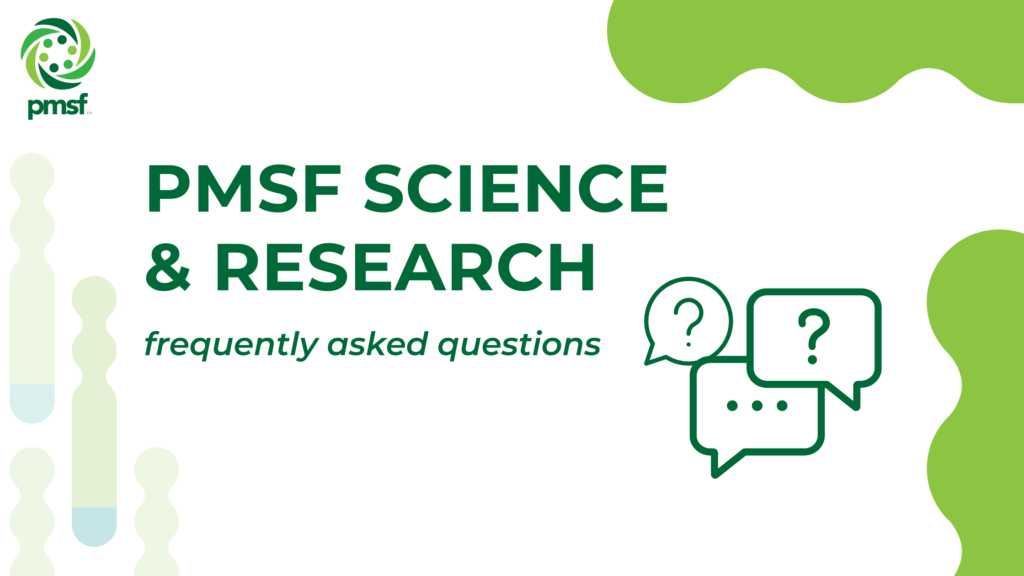
A large percentage (~75-80%) of people with a Phelan-McDermid syndrome diagnosis also have a diagnosis of autism spectrum disorder. This article explains why these two conditions often go together, and what is different between the two.
Common features:
Individuals with Phelan-McDermid syndrome often exhibit a range of developmental delays and intellectual disabilities. They may have difficulties with speech and language, social interactions, and repetitive behaviors. These are also common features seen in individuals with autism.
Phelan-McDermid syndrome is caused by genetic changes in a specific region of chromosome 22. Some of the genes in this region are also associated with brain development and function. These genetic alterations may disrupt the normal development of the brain and its connectivity, which is also observed in some individuals with ASD.
One gene, SHANK3, is almost always disrupted in Phelan-McDermid syndrome. SHANK3 is important for how the brain develops and functions. It is one of the top genes that, when disrupted, is associated with autism diagnoses.
Diagnosis of each condition:
Phelan-McDermid syndrome diagnosis requires genetic testing. This testing detects changes to a specific region of chromosome 22. Phelan-McDermid syndrome is much rarer than autism.
Autism spectrum disorder (ASD) has multiple potential causes, including genetic, environmental, and neurological factors. ASD diagnosis is based on behavioral and developmental assessments. There is no single blood test or genetic test which can diagnose autism.
Because diagnosis of ASD is less specific, and more widespread, it is common for someone with Phelan-McDermid syndrome to receive an ASD diagnosis first. They may then receive a diagnosis of Phelan-McDermid syndrome after all genetic testing is completed. But these diagnoses can come in any order.
Differences:
Although not always, people with Phelan-McDermid syndrome tend to have more medical complexity than people with ASD. People with Phelan-McDermid syndrome tend to have limited language and significant intellectual disability. People with ASD may have more variability in these areas, with some cases being milder. People with Phelan-McDermid syndrome can (not always) have more complications, such as seizures/epilepsy, more significant GI disorders, kidney issues, and neuropsychiatric illness.
Studies have also shown that people with Phelan-McDermid syndrome tend to be less reactive to sensations than people with autism of no known cause, called idiopathic autism or iASD. For instance, a person with Phelan-McDermid syndrome may not react to an alarm sounding, or a car passing, but someone with iASD may cover their ears or have a heightened sensitivity. People with Phelan-McDermid syndrome may be less likely than people with iASD to have a fascination with certain stimuli, such as repeatedly touching a texture or inspecting objects for extended periods of time.
People with Phelan-McDermid syndrome might also be more social, and are more likely to keep eye contact or look at faces.
Treatment of each condition:
Many educational and therapeutic strategies are similar between the two conditions. For instance, Applied Behavior Analysis (ABA) therapy may be recommended for people with autism, which may also be recommended for those diagnosed with Phelan-McDermid syndrome. ABA can help reduce difficult behaviors, prevent loss of skills, enhance social skills, communication, and self-care.
Though there is more research in the autism population, people diagnosed with autism and Phelan-McDermid syndrome can benefit from speech therapy, augmentative communication strategies, occupational therapy and physical therapy. Many people with these diagnoses benefit from alternative therapies such as hippotherapy, swimming, music and sensory integration therapies.
Treatment of things like gastrointestinal symptoms, and sleep difficulties, are often approached similarly for the two conditions. Phelan-McDermid syndrome is a much rarer condition, so there are not always guidelines specific to the syndrome but there are some medical advisories and known sensitivities to some medications that are specific to Phelan-McDermid syndrome. To read current guidelines, see our page on clinical care. To learn about Phelan-McDermid medical advisories and drug recommendations.
Because many people with Phelan-McDermid syndrome also have a diagnosis of autism, they are often able to be included in educational programs, therapeutic services, research studies, and clinical trials focusing on autism.
References:
https://link.springer.com/article/10.1007/s10803-016-2754-0
https://www.sciencedirect.com/science/article/pii/S1769721223000320
https://academic.oup.com/hmg/article/31/4/625/6374812
https://www.mdpi.com/2073-4425/12/7/977
https://www.ncbi.nlm.nih.gov/pmc/articles/PMC8903604/
For questions, contact PMSF’s Scientific Director, Dr. Kate Still at kate@pmsf.org
